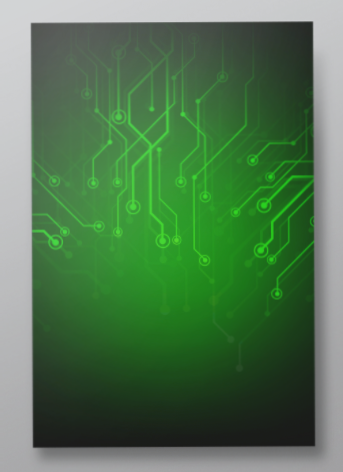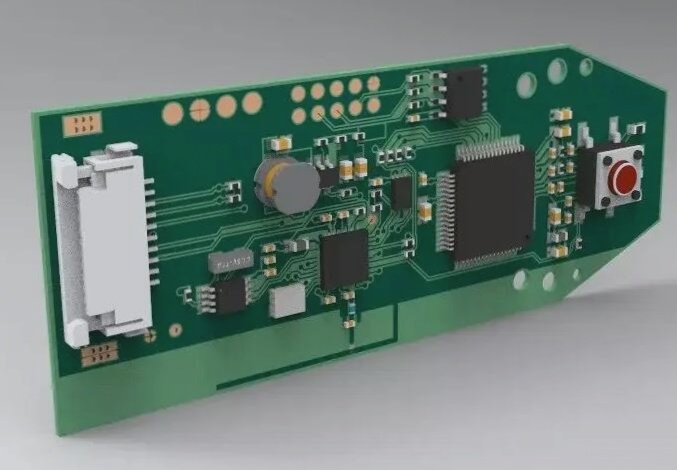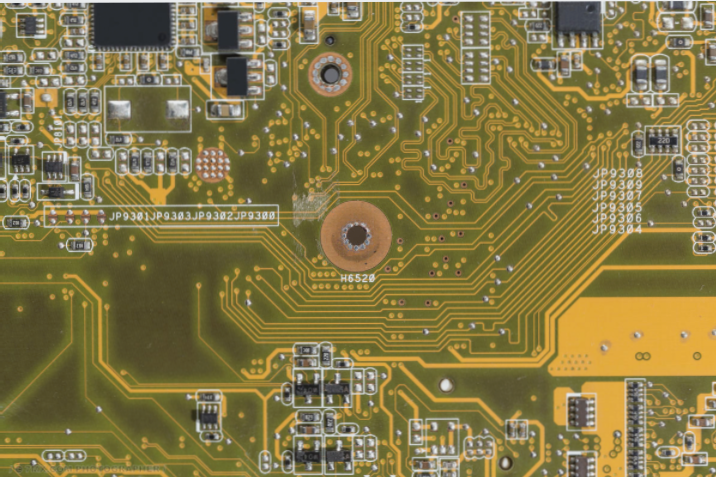The Evolution of Circuit Board Technology: Selective Soldering
Reflow soldering has emerged as a key trend in the evolution of circuit board technology. Notably, through-hole components can now be seamlessly integrated using through-hole reflow soldering, streamlining the soldering process and reducing production costs. However, the application of reflow soldering is limited by its compatibility with temperature-sensitive components, prompting a shift towards selective soldering in various post-reflow soldering scenarios.
Comparing Selective Soldering with Wave Soldering
One of the primary distinctions between selective soldering and wave soldering lies in their soldering techniques. While wave soldering submerges the entire lower section of the PCB in liquid solder, selective soldering targets specific areas for solder application. This precision ensures that neighboring components and PCB regions remain unaffected by the soldering process. Additionally, selective soldering requires targeted flux application only to relevant areas, unlike wave soldering, which covers the entire PCB.
The Process of Selective Soldering
- Flux Spraying: The initial stage involves applying flux to the designated areas of the PCB using an X/Y manipulator and a flux nozzle. Various methods like single nozzle spray, micro-hole spray, and multi-point/pattern spray can be utilized for precise flux deposition.
- PCB Preheating: Preheating the PCB ensures uniform heating and prevents thermal shock during the soldering process.
- Dip Soldering: The selective soldering technique involves dipping only specific areas of the PCB into the solder wave, ensuring accurate and controlled solder application.
- Drag Soldering: This final stage involves dragging the soldering iron across the targeted soldering points to create reliable connections.
Effective flux coating is critical in selective soldering to prevent issues like bridging and PCB oxidation. The application of flux, whether through single nozzle spray or micro-point spraying, demands precision and adherence to recommended flux quantities for optimal soldering results.



